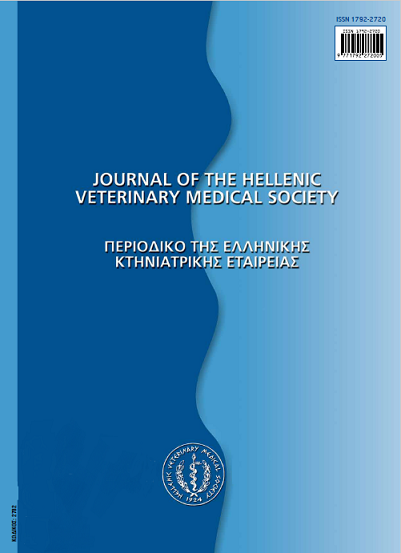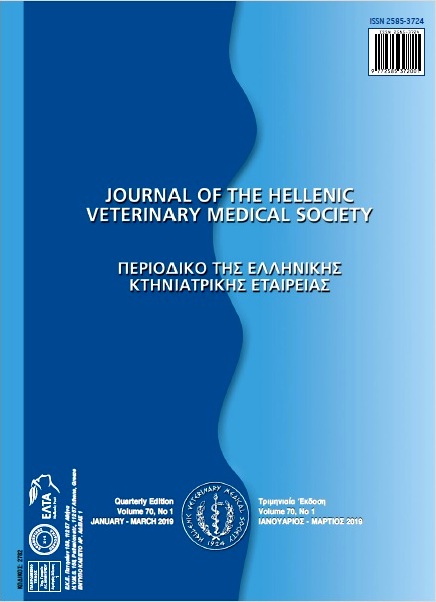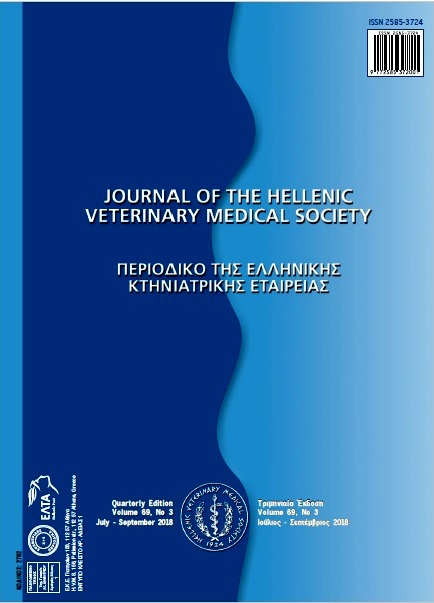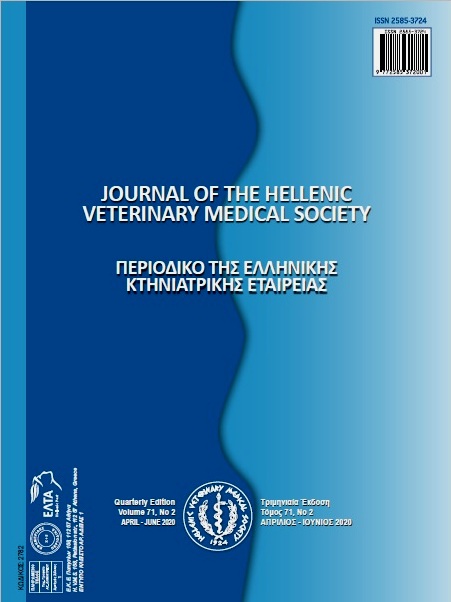Comparative pathological changes in sheep infected with Theileria annulata and non-infected control
Résumé
The hematological, serum biochemical and histopathological variations were compared in sheep naturally infected with Theileria annulata and healthy control group. Peripheral blood smears of 300 suspected sheep were observed for the presence of Theileria by microscopy (24%) and confirmed through PCR (34%). The PCR confirmed samples were used for further studies and showed significant decrease in hemoglobin concentration, packed cell volume (PCV), total erythrocyte counts, total leukocyte count, serum total proteins, creatinine and glucose (P < 0.05) as compared to healthy control. Similarly a significant increase was recorded in Alanine aminotransferase (ALT) and aspartate aminotransferase (AST) (P< 0.05) as compared to non-infected sheep. Histopathological changes revealed edema and severe depletion of lymphocytes in lymph nodes. The present study concluded that ovine theileriosis was linked with some pathological alterations in blood and tissues which could be helpful in the diagnosis of disease.
Article Details
- Comment citer
-
AKHTER, W., ASLAM, A., REHMAN, M. U., REHMAN, H. U., RASHID, I., & AKHTAR, R. (2018). Comparative pathological changes in sheep infected with Theileria annulata and non-infected control. Journal of the Hellenic Veterinary Medical Society, 68(4), 629–634. https://doi.org/10.12681/jhvms.16064
- Numéro
- Vol. 68 No 4 (2017)
- Rubrique
- Research Articles

Ce travail est disponible sous licence Creative Commons Attribution - Pas d’Utilisation Commerciale 4.0 International.
Authors who publish with this journal agree to the following terms:
· Authors retain copyright and grant the journal right of first publication with the work simultaneously licensed under a Creative Commons Attribution Non-Commercial License that allows others to share the work with an acknowledgement of the work's authorship and initial publication in this journal.
· Authors are able to enter into separate, additional contractual arrangements for the non-exclusive distribution of the journal's published version of the work (e.g. post it to an institutional repository or publish it in a book), with an acknowledgement of its initial publication in this journal.
· Authors are permitted and encouraged to post their work online (preferably in institutional repositories or on their website) prior to and during the submission process, as it can lead to productive exchanges, as well as earlier and greater citation of published work.







